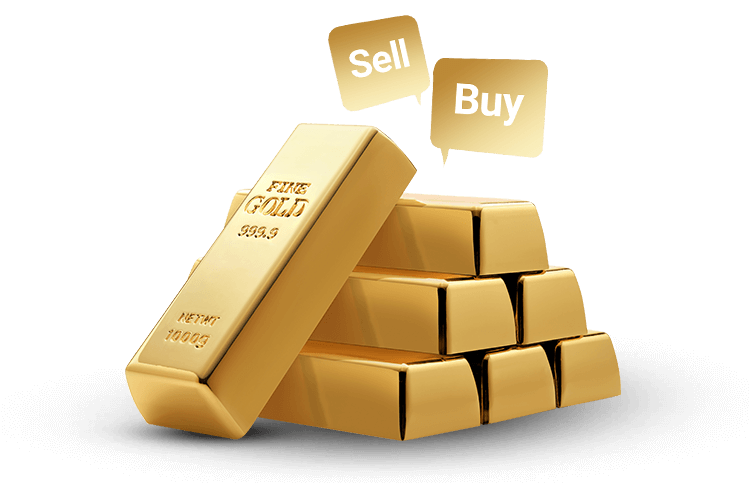Buzz Haven: Your Daily Dose of News
Stay informed and entertained with the latest buzz in news, trends, and insights.
Trading Gold: A Shiny Opportunity or Just Fool's Gold?
Unearth the truth about trading gold: Is it a glittering investment or just a trap for fools? Discover the secrets now!
Understanding the Fundamentals of Gold Trading: What You Need to Know
Gold trading is a pivotal aspect of the financial market, attracting investors worldwide due to its historical reliability as a safe-haven asset. Understanding the fundamentals of gold trading involves familiarizing yourself with various factors that influence gold prices. Factors such as economic indicators, geopolitical tensions, and changes in currency values play a significant role. For instance, during times of economic uncertainty or high inflation, gold often sees an uptick in demand as investors seek stability. As a potential gold trader, it's essential to stay informed about these trends to make educated trading decisions.
Moreover, gold trading can be approached in different ways, including spot trading, futures contracts, and gold ETFs. Spot trading involves buying and selling gold for immediate delivery, while futures contracts allow traders to lock in prices for a future date. ETFs provide a more accessible route for investors by allowing them to purchase shares that represent physical gold without the need for storage. Familiarizing yourself with these trading methods and establishing a solid trading plan will significantly enhance your prospects in the gold market.

Is Gold a Safe Haven Investment? Historical Insights and Market Trends
Throughout history, gold has often been viewed as a safe haven investment, particularly during times of economic uncertainty and geopolitical turmoil. In periods of high inflation or financial market volatility, investors have flocked to gold as a way to preserve wealth. The tangible nature of gold and its historical significance as a store of value contribute to its perception as a stable investment. For instance, during the 2008 financial crisis, gold prices surged as investors sought refuge from the stock market's downturn, demonstrating its role as a protective asset.
Market trends further reinforce gold's reputation as a safe haven investment. Over the past few decades, gold has displayed a tendency to move inversely to stock market performance, highlighting its role as a hedge against risk. For example, during times of global distress, such as the COVID-19 pandemic, gold prices saw significant increases as uncertainty clouded the markets. Additionally, the ongoing decline in trust towards fiat currencies and the increasing concerns over inflation have resulted in many investors turning to gold, not only as a means of protection but also as a way to diversify their portfolios.
Trading Gold: Strategies to Turn Investment into Profit or Pitfall?
Trading gold can be a lucrative venture if approached with the right strategies. Investors often look at gold as a safe haven, especially during times of economic uncertainty. Understanding the market dynamics, including factors like inflation rates, interest rates, and geopolitical events, is crucial for making informed trading decisions. One effective strategy is to utilize technical analysis to identify patterns and trends, helping traders to determine optimal entry and exit points. Additionally, some investors may consider a diversification strategy, mixing gold with other assets to mitigate risk while capturing potential profits.
However, trading gold is not without its pitfalls. Over-leveraging can lead to significant losses, so it’s essential to implement strict risk management practices. Setting stop-loss orders and never risking more than a small percentage of your capital on a single trade are fundamental principles. Additionally, staying updated on market news and adjusting your strategies accordingly can help navigate the volatile nature of gold trading. Remember, while the potential for profit exists, awareness of the risks involved is vital to turn investment into gain rather than a financial pitfall.